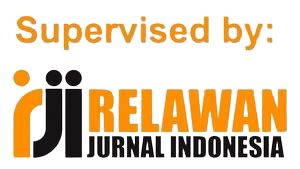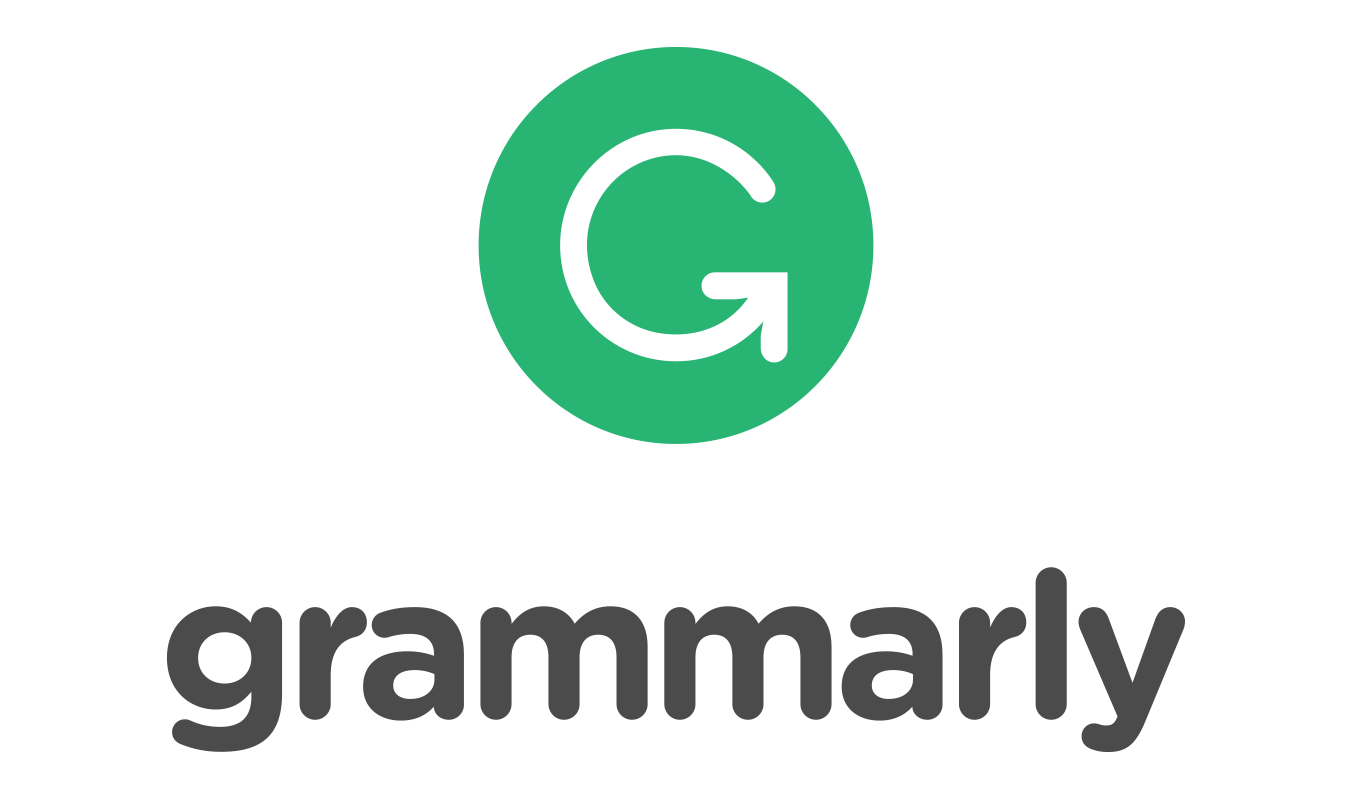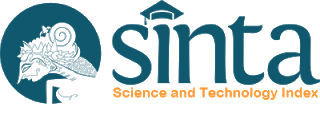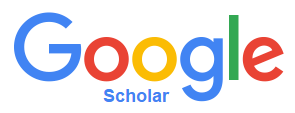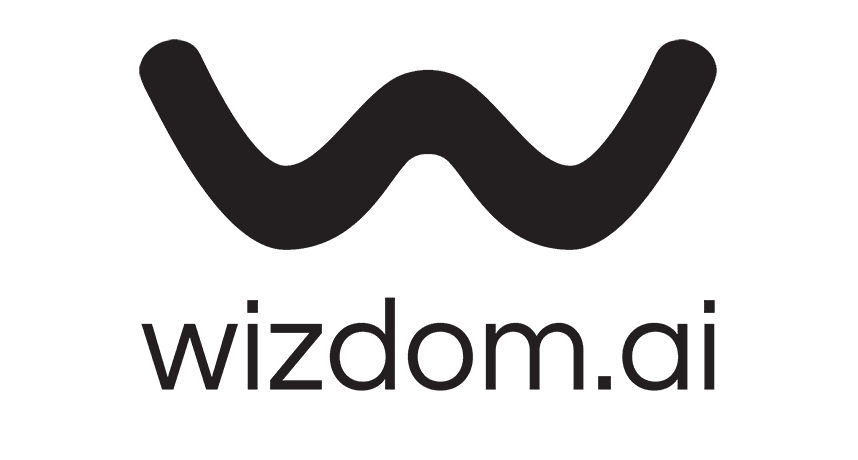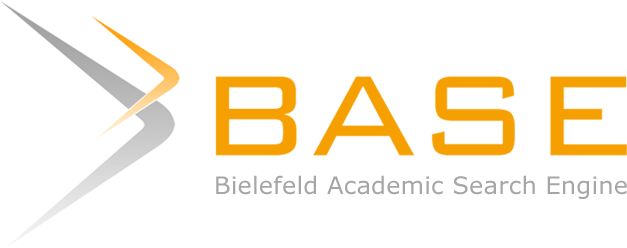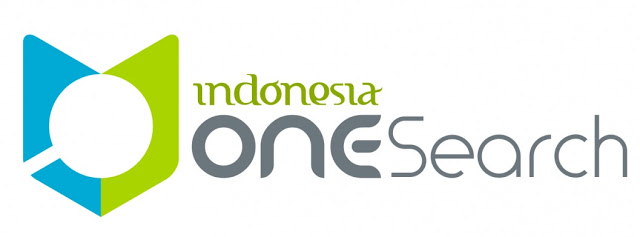Analysis of Turnover Intention at PT Infia Media Pratama
Abstract
Keywords
Full Text:
PDFReferences
Alarcon, G. M., & Edwards, J. M. (2011). The relationship of engagement, job satisfaction and turnover intentions. Stress and Health, 27(3), e294–e298.
Allen, D. G., Bryant, P. C., & Vardaman, J. M. (2010). Retaining talent: Replacing misconceptions with evidence-based strategies. Academy of Management Perspectives, 24(2), 48–64.
Alshery, W. B. R., Ahmad, F. B., & Al-Swidi, A. K. (2015). The moderating effect of role ambiguity on the relationship of job satisfaction, training and leadership with employee performance. International Journal of Business Administration, 6(2), 30-41.
Anggraini, W. A., Sukamdani, N. B., & Sukwika, T. (2022). The Role of Leadership and Soft-Skills Competencies of The Performance at The Facility and Construction Unit Indonesian Armed Forces. Jurnal Pertahanan: Media Informasi ttg Kajian & Strategi Pertahanan yang Mengedepankan Identity, Nasionalism & Integrity, 8(3), 469-479.
Ardianto, E. N., Sukwika, T., & Suesilowati, S. (2021). Pengaruh kompetensi dan employee engagement terhadap kinerja karyawan humas fraksi PKS DPR RI. Journal of Applied Management Research, 1(2), 119-127.
Christian, M. S., Garza, A. S., & Slaughter, J. E. (2011). Work engagement: A quantitative review and test of its relations with task and contextual performance. Personnel Psychology, 64(1), 89–136.
Dessler, G., Cole, N. D., & Chhinzer, N. (2015). Management of human resources: The essentials. Pearson London.
Elshahat, M., Shazly, M., & Abd-Elazeem, H. (2019). Relationship between quality of work life and turnover intention among staff nurses. Egyptian Journal of Health Care, 10(1), 178–193.
Ghozali, I. (2016). Aplikasi analisis multivariete dengan program IBM SPSS 23.
Gustiranda, T., Sukwika, T., & Hadisumarjo, H. (2023). Relationship analysis of employee human resources quality and national achievement center service performance in the era of industrial revolution 4.0. Ilomata International Journal of Management, 4(2), 233-248.
Jiang, L., & Lavaysse, L. M. (2018). Cognitive and affective job insecurity: A meta-analysis and a primary study. Journal of Management, 44(6), 2307–2342.
Juanda, A., Sukwika, T., & Kholil, K. (2023). Analisis budaya organisasi dan program retensi terhadap kinerja tenaga pendidik pada masa COVID-19. Jurnal Manajemen dan Organisasi, 14(1), 69-79.
Kumar, R., & Sia, S. K. (2012). Employee engagement: Explicating the contribution of work environment. Management and Labour Studies, 37(1), 31-43.
Kundu, S. C., & Lata, K. (2017). Effects of supportive work environment on employee retention: Mediating role of organizational engagement. International Journal of Organizational Analysis, 25(4), 703-722.
Labrague, L. J., McEnroe–Petitte, D. M., Tsaras, K., Cruz, J. P., Colet, P. C., & Gloe, D. S. (2018). Organizational commitment and turnover intention among rural nurses in the Philippines: Implications for nursing management. International Journal of Nursing Sciences, 5(4), 403–408.
Lin, C. H., & Wang, W. C. (2012). The relationship between affective and continuance organizational commitment. Journal of Asian Business Strategy, 2(5), 89-94.
Prasetyo, G. B., Sukamdani, N. B., & Sukwika, T. (2023). Employee workload analysis at the financial services authority human resources management directorate with full time equivalent (FTE). JENIUS (Jurnal llmiah Manajemen Sumber Daya Manusia), 6 (3), 649-660
Priyanto, E., Sukwika, T., & Hasibuan, B. (2022). The influence of individual, environmental and organizational factors on the work stress among Indonesian nurses in Kuwait. Malahayati International Journal of Nursing and Health Science, 5(2), 76-90.
Rai, G. S. (2016). Minimizing role conflict and role ambiguity: A virtuous organization approach. Human Service Organizations: Management, Leadership & Governance, 40(5), 508-523.
Rich, B. L., Lepine, J. A., & Crawford, E. R. (2010). Job engagement: Antecedents and effects on job performance. Academy of Management Journal, 53(3), 617–635.
Robbani, G. G., Kholil, K., & Sukwika, T. (2021). Pengaruh kepemimpinan transformasionaldan komitmen organisasional terhadap kinerja staf fraksi PKS DPR RI. Journal of Applied Management Research, 1(2), 128-137.
Saks, A. M. (2019). Antecedents and consequences of employee engagement revisited. Journal of Organizational Effectiveness: People and Performance, 6(1), 19-38.
Saputra, M. R. E., Basriman, I., Entas, D., Sukwika, T. (2023). The influence of motivation, leadership style, and work discipline on PT HSJI employee performance during the covid-19 pandemic. JENIUS (Jurnal llmiah Manajemen Sumber Daya Manusia). 7 (2), 293-305
Shakoor, A., Haider, S., Akhtar, M. H., & Asadullah, M. A. (2023). Moderated mediation between work–life conflict and employee turnover intentions: the role of job dissatisfaction and workplace social support. International Journal of Organizational Analysis, 31(4), 1037–1060.
Spector, P. E. (2022). Job satisfaction: from assessment to intervention. Routledge.
Srivastava, S. (2013). Job satisfaction and organizational commitment relationship: Effect of personality variables. Vision, 17(2), 159-167.
Sugiyono, P. D. (2017). Metode penelitian bisnis: pendekatan kuantitatif, kualitatif, kombinasi, dan R&D. Penerbit CV. Alfabeta: Bandung, 225, 87.
Sukamdani, N. B. (2023). Manajemen Sumber Daya Manusia. Tanesa.
Sukamdani, N. B., Sukwika, T., Panjaitan, H., Sukamdani, H. B., & Sulistyadi, Y. (2023). The impact of leadership style, organizational culture, and motivation on personnel performance at the indonesian navy supply center depot. JIMFE (Jurnal Ilmiah Manajemen Fakultas Ekonomi), 9(1), 57-68.
Sukwika, T. (2023a). Menentukan Populasi dan Sampling. Metode Penelitian (Dasar Praktik dan Penerapan Berbasis ICT). Mifandi Mandiri Digital.
Sukwika, T. (2023b) Variabel dan Hipotesis. Metode Penelitian Kuantitatif (Teori dan Panduan Praktis Analisis Data Kuantitatif). Mifandi Mandiri Digital
Sulistyadi, Y., Sulistyadi, K., & Eddyono, F. (2016). Developing organization citizenship behavior of employees in the hospitality industry through organizational culture, emotional intelligence and work motivation. Int. J. Sci. Technol, 5(11), 567–578.
Toni, T., Sukamdani, N. B., & Hardiyanto, T. (2022). The impact of competence and service placement to regulatory work motivation air traffic of Indonesian air force. The International Journal of Business Review (The Jobs Review), 5 (2), 135-142
Whitman, D. S., Van Rooy, D. L., & Viswesvaran, C. (2010). Satisfaction, citizenship behaviors, and performance in work units: A meta‐analysis of collective construct relations. Personnel psychology, 63(1), 41-81.
DOI: https://doi.org/10.36441/jamr.v3i2.2012
Article Metrics
Abstract views : 190 times
PDF views : 124 times
Dimension Citation Metrics
Refbacks
- There are currently no refbacks.
Copyright (c) 2024 Hariyadi B Sukamdani
Article Metrics
Abstract views : 190 timesPDF views : 124 times
Dimension Citation Metrics
Refbacks
- There are currently no refbacks.
Copyright (c) 2024 Hariyadi B Sukamdani
Refbacks
- There are currently no refbacks.
Copyright (c) 2024 Hariyadi B Sukamdani
Indexing and Abstracting
Journal of Applied Management Research is indexed and abstracted in the following databases:
Cataloging
JAMR is also available on several library catalogues:

Copyright ©2021 Journal of Applied Management Research (JAMR). This work is licensed under a Creative Commons Attribution-NonCommercial-ShareAlike 4.0 International License.


